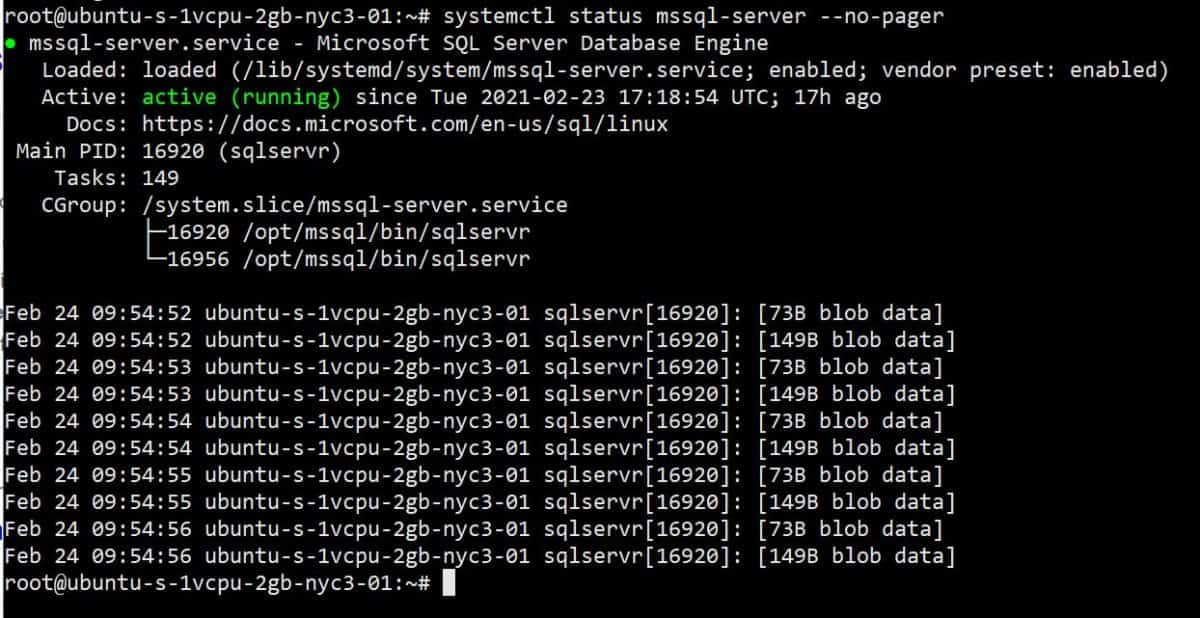

N makes ssh issue no commands, and just wait instead after establishing connection. For example, you'll see debugging output like this in your terminal console when you attempt a connection: debug1: client_input_global_request: rtype want_reply 0ĭebug1: Connection to port 33306 forwarding to 127.0.0.1 port 3306 requested.Īnd output like this when you close the connection: debug2: channel 2: is deadĭebug1: channel 2: free: direct-tcpip: listening port 33306 for 127.0.0.1 port 3306, connect from 127.0.0.1 port 52112 to 127.0.0.1 port 33306, nchannels 3 You can now start your local SSH tunnel to the remote MySQL server, like so: ssh -vNg -L 33306:127.0.0.1:3306 makes ssh operate in verbose mode, which kind of helps to see what's happening. The key of course, is specifying 127.0.0.1 above. SSH normally into your server, and log in with the mysql root user, then issue the command: GRANT ALL ON yourdbname.* TO IDENTIFIED BY 'yourdbpassword' I got this to work by doing the following steps: Step 1: Allow 127.0.0.1 host for target user I believe that the reason I (and I suppose most people) have a problem getting this to work is because the user in the mysql server is set to only allow from "localhost" and not 127.0.0.1, the IP address of localhost. Now connect up your PHP application with: Ĭredit to Chris Snyder's great article detailing ssh command line tunnelling for MySQL connectivity. Make the tunnel target address the internet address of your Jumpbox/Bastion Host (see example in step 1) and your database target the internal IP address of your database server on the remote network. Having a database server directly accessible from the internet is a huge security liability. mysql -h 127.0.0.1 -P 3307 -u dbuser -p passphraseĭata exchange between client and server is now sent over the encrypted SSH connection and is secure.ĭon’t tunnel directly to your database server. Tell your local MySQL client to connect through your SSH tunnel via the local port 3307 on your machine (-h 127.0.0.1) which now forwards all traffic sent to it through the SSH tunnel you established in step 1. Private Key Authentication, add (-i) switch to above: g (allow remote hosts to connect to local forwarded ports) The syntax is a little tricky but can be seen as: :: you're interested in the other switches, they are: The MySQL database server sees the connection coming in from your Jumpbox' internal network address. The Jumpbox ssh proxy server will decrypt the traffic and establish a network connection to your MySQL database server on your behalf, 10.3.1.55:3306, in this case. All traffic on my local machine directed to this port will now be 'port-forwarded' via my ssh client to the ssh server running on the host at address. ssh -fNg -L 3307:10.3.1.55:3306 key here is the '-L' switch which tells ssh we're requesting local port forwarding. On macOS, I like Secure Pipes or TablePlus.

#SSH TUNNEL MANAGER HTTP PROXY FROM COMMAND LINE CODE#
Set up an SSH tunnel to your MySQL database server (through a Jumpbox proxy for security).ĭepending on your requirements, you can use a GUI MySQL client with SSH Tunnelling support built-in such as Visual Studio Code Forwarding a port / creating SSH tunnel, TablePlus or use PuTTY to setup local port forwarding.


 0 kommentar(er)
0 kommentar(er)
